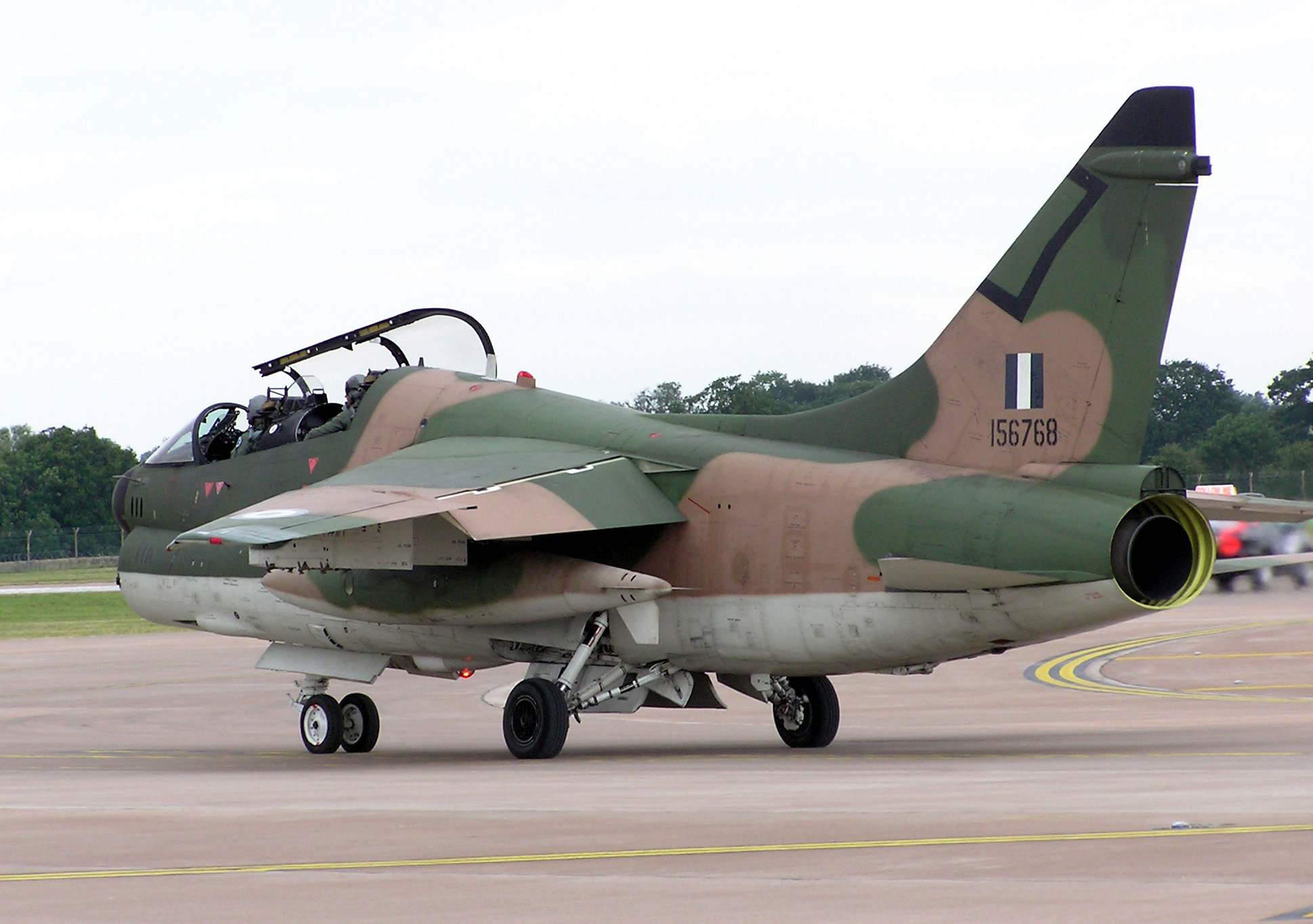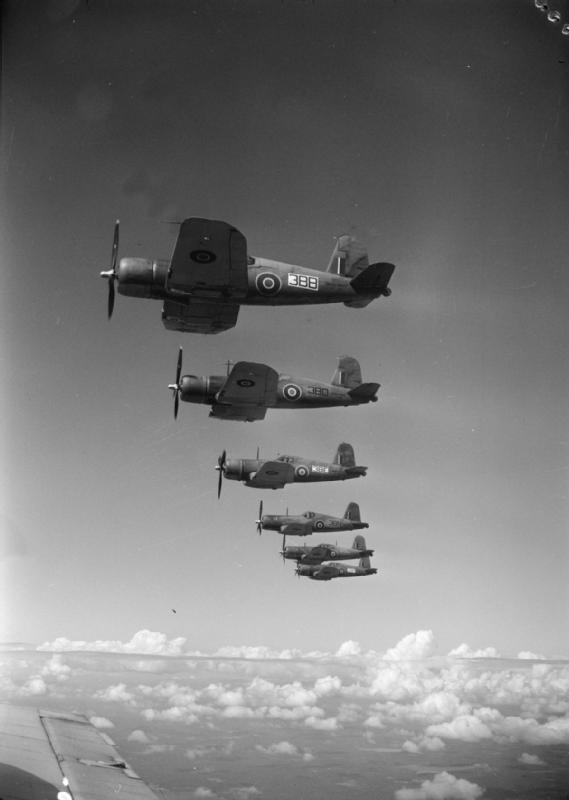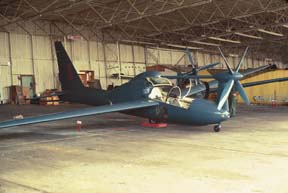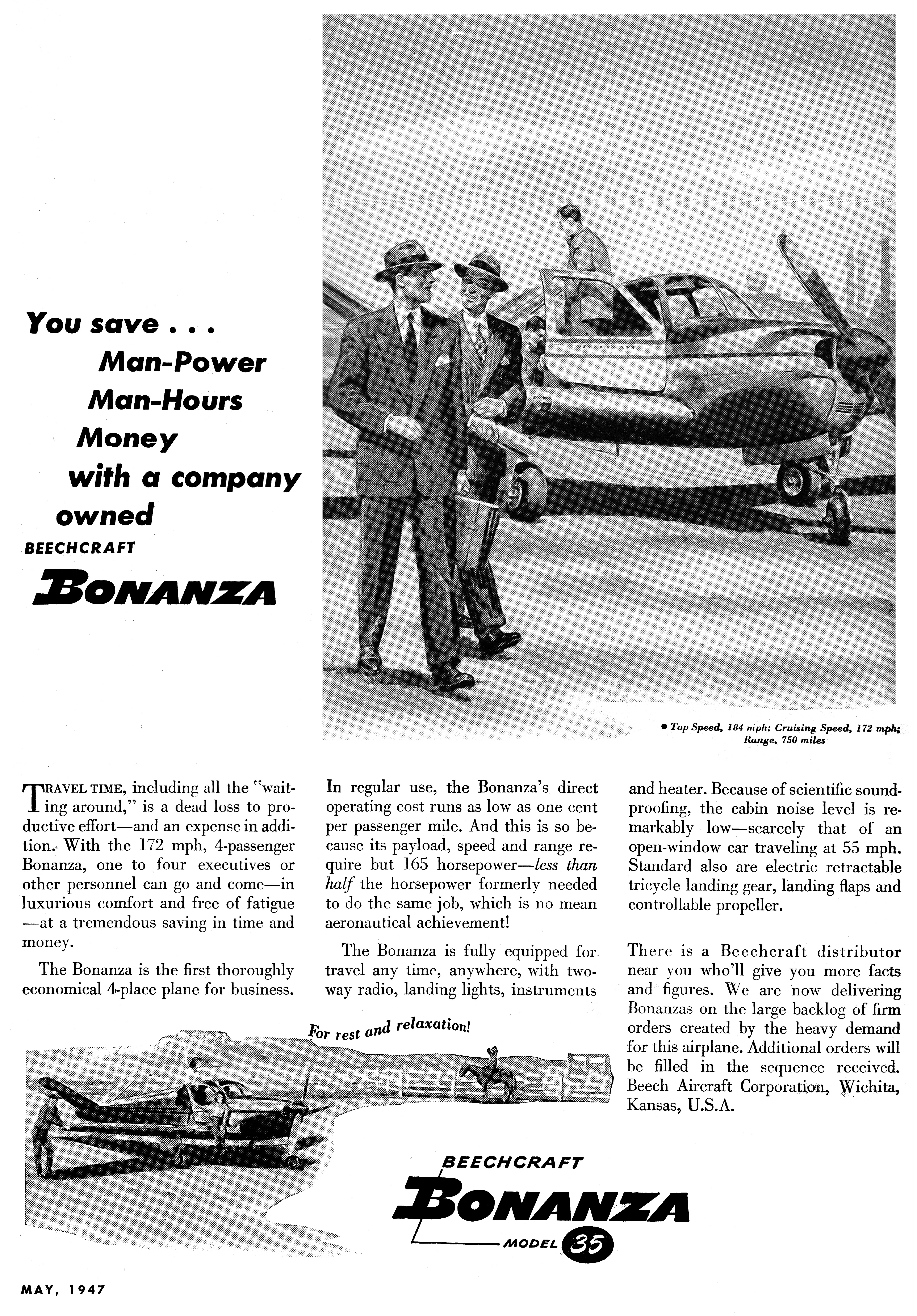|
LTV L450F
The LTV L450F, also known as the L45ØF, was a prototype quiet reconnaissance aircraft, developed by Ling-Temco-Vought in the late 1960s for use in the Vietnam War by the United States. Based on the airframe of a Schweizer 2-32 sailplane, the aircraft flew in 1970, and was developed into the XQM-93 reconnaissance drone before the project was cancelled. Design and development Developed as a follow on to the Igloo White program, the L450F was intended to provide a quiet reconnaissance and communications relay aircraft.Jane's 1971, p. 344-345 Under a $1 million USD contract by LTV Electrosystems, the L450F was developed from a Schweizer SGS 2-32 sailplane, modified by Schweizer to LTV's specifications. These modifications included stronger wing spars, thicker wing skin, installation of a Pratt & Whitney PT6A turboprop engine driving a three-bladed propeller, and main landing gear based on that of the Grumman Ag-Cat agricultural aircraft. An alternative configuration, using a pis ... [...More Info...] [...Related Items...] OR: [Wikipedia] [Google] [Baidu] |
Ling-Temco-Vought
Ling-Temco-Vought (LTV) was a large American conglomerate which existed from 1961 to 2000. At its peak, it was involved in aerospace, airlines, electronics, steel manufacturing, sporting goods, meat packing, car rentals, and pharmaceuticals, among other businesses. It began in 1947 as Ling Electric Company, later named Ling-Temco-Vought, followed by LTV Corporation and eventually LTV Steel until its end in 2001. History Ling Electric Company In 1947, entrepreneur James Ling founded an electrical contracting business, Ling Electric Company, in Dallas, Texas. He lived in the rear of the shop. After incorporating and taking the company public in 1955, Ling found innovative ways to market the stock, including selling door-to-door and from a booth at the State Fair of Texas. Ling-Temco-Vought In 1956 Ling bought L.M. Electronics, and in 1959 added Altec Electronics, a maker of stereo systems and speakers. In 1960 Ling merged the company with Temco Aircraft, best known for its mi ... [...More Info...] [...Related Items...] OR: [Wikipedia] [Google] [Baidu] |
Compass Dwell
A compass is a device that shows the cardinal directions used for navigation and geographic orientation. It commonly consists of a magnetized needle or other element, such as a compass card or compass rose, which can pivot to align itself with magnetic north. Other methods may be used, including gyroscopes, magnetometers, and GPS receivers. Compasses often show angles in degrees: north corresponds to 0°, and the angles increase clockwise, so east is 90°, south is 180°, and west is 270°. These numbers allow the compass to show azimuths or bearings which are commonly stated in degrees. If local variation between magnetic north and true north is known, then direction of magnetic north also gives direction of true north. Among the Four Great Inventions, the magnetic compass was first invented as a device for divination as early as the Chinese Han Dynasty (since c. 206 BC),Li Shu-hua, p. 176 and later adopted for navigation by the Song Dynasty Chinese during the 11th century ... [...More Info...] [...Related Items...] OR: [Wikipedia] [Google] [Baidu] |
High-wing Aircraft
A monoplane is a fixed-wing aircraft configuration with a single mainplane, in contrast to a biplane or other types of multiplane (aeronautics), multiplanes, which have multiple planes. A monoplane has inherently the highest efficiency and lowest drag of any wing configuration and is the simplest to build. However, during the early years of flight, these advantages were offset by its greater weight and lower manoeuvrability, making it relatively rare until the 1930s. Since then, the monoplane has been the most common form for a fixed-wing aircraft. Characteristics Support and weight The inherent efficiency of the monoplane is best achieved in the cantilever wing, which carries all structural forces internally. However, to fly at practical speeds the wing must be made thin, which requires a heavy structure to make it strong and stiff enough. External Bracing (aeronautics), bracing can be used to improve structural efficiency, reducing weight and cost. For a wing of a given size, ... [...More Info...] [...Related Items...] OR: [Wikipedia] [Google] [Baidu] |
1970s United States Experimental Aircraft
Year 197 ( CXCVII) was a common year starting on Saturday (link will display the full calendar) of the Julian calendar. At the time, it was known as the Year of the Consulship of Magius and Rufinus (or, less frequently, year 950 ''Ab urbe condita''). The denomination 197 for this year has been used since the early medieval period, when the Anno Domini calendar era became the prevalent method in Europe for naming years. Events By place Roman Empire * February 19 – Battle of Lugdunum: Emperor Septimius Severus defeats the self-proclaimed emperor Clodius Albinus at Lugdunum (modern Lyon). Albinus commits suicide; legionaries sack the town. * Septimius Severus returns to Rome and has about 30 of Albinus's supporters in the Senate executed. After his victory he declares himself the adopted son of the late Marcus Aurelius. * Septimius Severus forms new naval units, manning all the triremes in Italy with heavily armed troops for war in the East. His soldiers embark on an ... [...More Info...] [...Related Items...] OR: [Wikipedia] [Google] [Baidu] |
Vought Aircraft
Vought was the name of several related American aerospace firms. These have included, in the past, Lewis and Vought Corporation, Chance Vought, Vought-Sikorsky, LTV Aerospace (part of Ling-Temco-Vought), Vought Aircraft Companies, and Vought Aircraft Industries. The first incarnation of Vought was established by Chance M. Vought and Birdseye Lewis in 1917. In 1928, it was acquired by United Aircraft and Transport Corporation, which a few years later became United Aircraft Corporation; this was the first of many reorganizations and buyouts. During the 1920s and 1930s, Vought Aircraft and Chance Vought specialized in carrier-based aircraft for the United States Navy, by far its biggest customer. Chance Vought produced thousands of planes during World War II, including the F4U Corsair. Vought became independent again in 1954, and was purchased by Ling-Temco-Vought (LTV) in 1961. The company designed and produced a variety of planes and missiles throughout the Cold War. Vought was s ... [...More Info...] [...Related Items...] OR: [Wikipedia] [Google] [Baidu] |
List Of Military Aircraft Of The United States
Lists of military aircraft of the United States cover current and former aircraft of the United States Armed Forces. By designation * List of United States Air Force aircraft designations (1919–1962) * List of United States Navy aircraft designations (pre-1962) * List of United States Army aircraft designations (1956–1962) * List of United States Tri-Service aircraft designations * List of U.S. DoD aircraft designations * List of undesignated military aircraft of the United States Other lists * List of active United States military aircraft * List of United States military helicopters * List of aircraft of the United States during World War II *Future military aircraft of the United States * List of U.S. DoD aircraft designations *List of currently active United States naval aircraft *List of active United States Air Force aircraft *List of military aircraft of the United States *UAVs in the U.S. military External links OrBat United States of America – MilAvia Press.c ... [...More Info...] [...Related Items...] OR: [Wikipedia] [Google] [Baidu] |
Martin Marietta Model 845
The Martin Marietta Model 845 was a remotely piloted aircraft developed in the United States in the late 1960s and early 1970s for use as a communications relay in the Vietnam War. Design and development Two prototypes were built as part of the United States Air Force's Compass Dwell program, these machines also being based on a Schweizer SGS 1-34 sailplane and similar in configuration to the competing XQM-93 design by Ling-Temco-Vought. Test flights began in April 1972; during testing, one of the prototypes stayed aloft for almost 28 hours, however it failed to meet the Air Force's requirement of a service ceiling.''Aviation Week & Space Technology'', Volume 98 (1973)page 67/ref> In 1973 The Model 845A was cancelled (along with the XQM-93), the program being replaced by Compass Cope. Surviving airframes After the cancellation of the program, two 845 airframes were transferred by the Office of Naval Research to New Mexico Tech for use by the Langmuir Laboratory for Atmospheric ... [...More Info...] [...Related Items...] OR: [Wikipedia] [Google] [Baidu] |
Lockheed YO-3
The Lockheed YO-3 Quiet Star is an American single-engined, propeller-driven aircraft that was developed for battlefield observation during the Vietnam War. Designed to be as quiet as possible, it was intended to observe troop movements in near-silence during the hours of darkness. Design and development The YO-3A was designed to a United States Army specification of 1968, which called for an observation aircraft that would be acoustically undetectable from the ground when flying at an altitude of 1,500 feet (457 m) at night. Lockheed Missiles and Space Company located in Sunnyvale, California was contracted to produce two prototype aircraft. In 1966, the company built two QT-2 "Quiet Thrusters", using modified Schweizer SGS 2-32 gliders. The prototype QT-2s were then modified to the QT-2PC "PRIZE CREW" configuration. The QT-2PC had a silenced engine and a slow-turning propeller for quiet operation. Following operational trials with the QT-2PC in Vietnam, a production aircraft, ... [...More Info...] [...Related Items...] OR: [Wikipedia] [Google] [Baidu] |
Beechcraft QU-22 Pave Eagle
The Beechcraft Bonanza is an American general aviation aircraft introduced in 1947 by Beech Aircraft Corporation of Wichita, Kansas. The six-seater, single-engined aircraft is still being produced by Beechcraft and has been in continuous production longer than any other aircraft in history. More than 17,000 Bonanzas of all variants have been built, produced in both distinctive V-tail and conventional tail configurations; early conventional-tail versions were marketed as the Debonair. Design and development At the end of World War II, two all-metal light aircraft emerged, the Model 35 Bonanza and the Cessna 195, that represented very different approaches to the premium end of the postwar civil-aviation market. With its high-wing, seven-cylinder radial engine, fixed tailwheel undercarriage, and roll-down side windows, the Cessna 195 was a continuation of prewar technology. The Bonanza, however, featured an easier-to-manage, horizontally opposed, six-cylinder engine, retractabl ... [...More Info...] [...Related Items...] OR: [Wikipedia] [Google] [Baidu] |
Hartzell Propeller
Hartzell Propeller is an American manufacturer that was founded in 1917 by Robert N. Hartzell as the Hartzell Walnut Propeller Company. It produces composite and aluminum propellers for certified, homebuilt, and ultralight aircraft. The company is headquartered in Piqua, Ohio.Purdy, Don: ''AeroCrafter - Homebuilt Aircraft Sourcebook'', page 84. BAI Communications. Hartzell also produces spinners, governors, ice protection systems, and other propeller controls. History Robert Hartzell grew up in the village of Oakwood, Ohio, just a block from Hawthorn Hill, where Orville Wright lived. From the 1890s until the late 1910s, Hartzell's father and grandfather operated a sawmill and lumber supply company in Greenville, Ohio (later moved to Piqua, Ohio) that also manufactured items such as wagons and gun stocks for World War I. On the side, Robert owned a small airplane and did maintenance on it as a young man. In 1917, Orville Wright suggested that Hartzell use his walnut tr ... [...More Info...] [...Related Items...] OR: [Wikipedia] [Google] [Baidu] |
Fédération Aéronautique Internationale
The (; FAI; en, World Air Sports Federation) is the world governing body for air sports, and also stewards definitions regarding human spaceflight. It was founded on 14 October 1905, and is headquartered in Lausanne, Switzerland. It maintains world records for aeronautical activities, including ballooning, aeromodeling, and unmanned aerial vehicles (drones), as well as flights into space. History The FAI was founded at a conference held in Paris 12–14 October 1905, which was organized following a resolution passed by the Olympic Congress held in Brussels on 10 June 1905 calling for the creation of an Association "to regulate the sport of flying, ... the various aviation meetings and advance the science and sport of Aeronautics." The conference was attended by representatives from 8 countries: Belgium (Aero Club Royal de Belgique, founded 1901), France (Aéro-Club de France, 1898), Germany ( Deutscher Aero Club e.V.), Great Britain (Royal Aero Club, 1901), Italy ( Aero C ... [...More Info...] [...Related Items...] OR: [Wikipedia] [Google] [Baidu] |






.jpg)